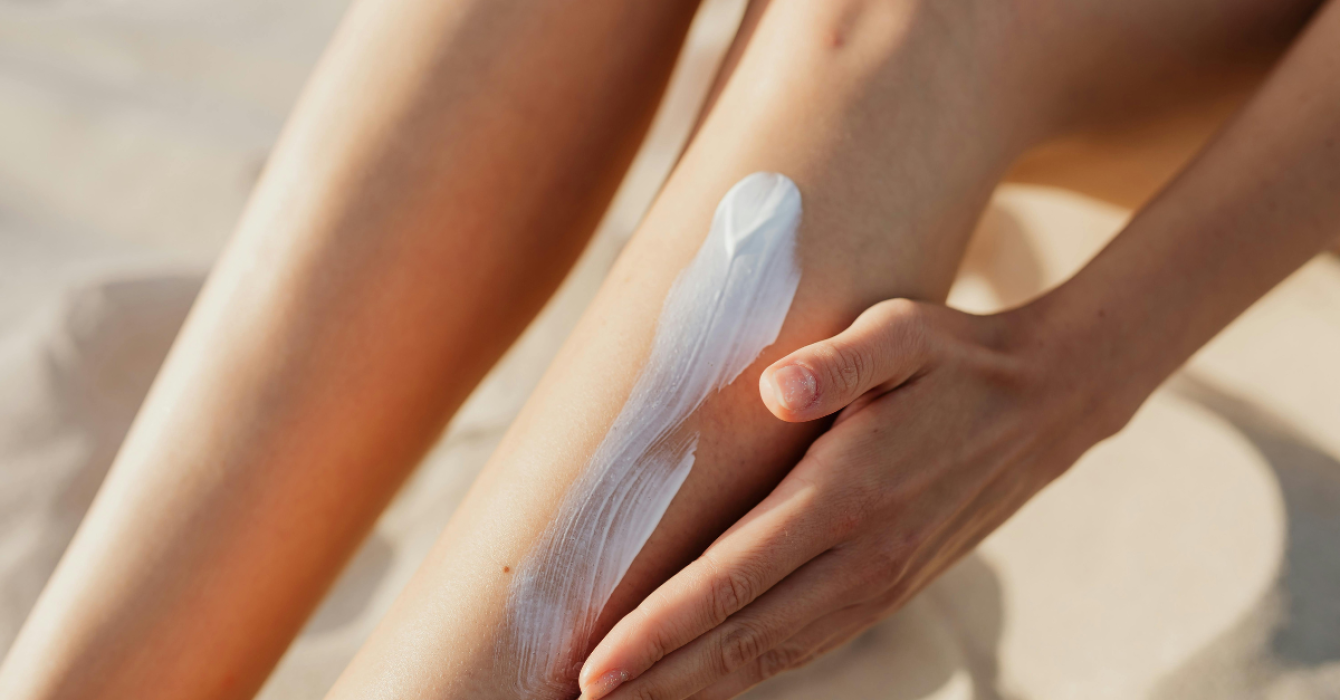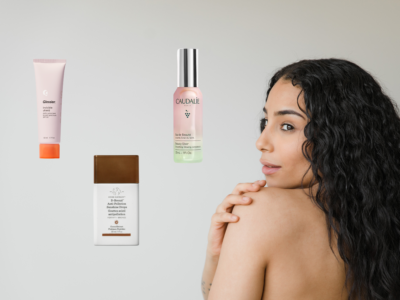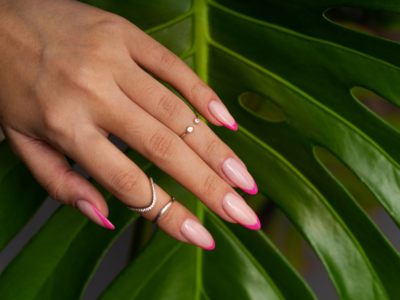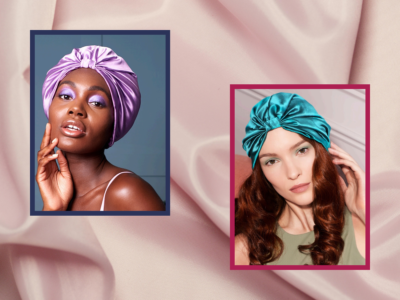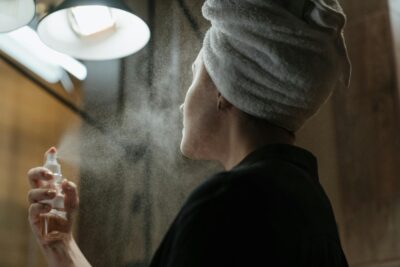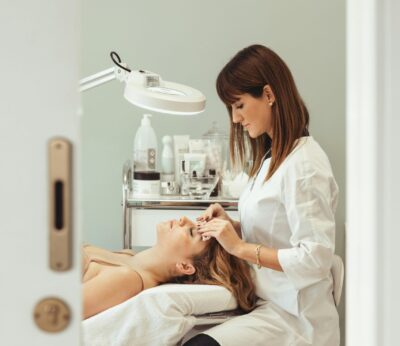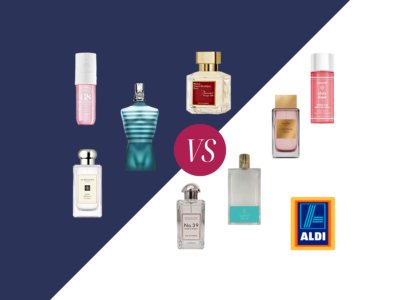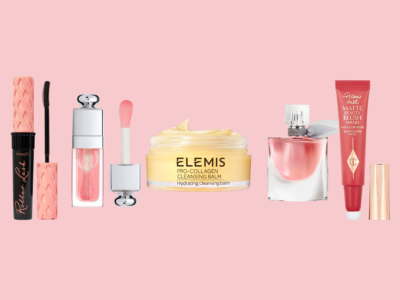Water sunscreen, SPF 100 and powder protection: are these innovations or marketing gimmicks? We talk to a dermatologist and cosmetic chemist to find out all about them.
If you had a childhood like mine, sunscreen probably evokes memories of smelly, sticky white liquid forcibly smeared all over you — a necessity for a pale, freckly child. But today’s sunscreens are very different.
There are ‘water’ formulations and easy-to-apply sprays and powders, with some even claiming to have an SPF of 100. But are they as effective as the old-fashioned white stuff?
Read more: 5 best sweat-proof SPFs for face and body, tried & tested

What is SPF and how long does it last?
The sun protection factor (SPF) is a measure of protection from burning UVB rays. For UVA, which tans but also accelerates ageing due to skin cell damage, look for ‘broad spectrum’ or the five-star European rating.
SPF is supposed to tell you how long you can safely spend in the sun. For example, if you can manage 10 minutes in the sun before you burn, an SPF 30 sunscreen should mean you can safely multiply the time by 30, meaning five hours in the sun.
Sounds simple — until you consider that we’re not all the same. Some of us take longer to burn than others, calling into question the effectiveness of these numbers. And in any case, sunscreen should be applied every two hours to ensure full and continued coverage. So that SPF 100 bottle isn’t going to last any longer than an SPF 50, because they require the same number of applications.
UVA ratings explained: broad spectrum, stars and PA ratings
SPF numbers give a rating of how much protection a product gives from UVB rays, which cause burning of the skin. For UVA rays, which penetrate deeper into the skin causing damage and accelerating ageing, there are different systems around the world making it tricky to navigate. These vary from simply stating ‘broad spectrum’ with no coverage specifics to a label with UVA circled (demonstrating the UVA coverage is at least one third of the SPF rating).
Then there’s the star system here in the UK, which rewards products with three to five stars, and the PA system in Asia, which gives ratings in plus signs, from one to four. If a product simply states ‘broad spectrum’ or has the UVA circle, it’s hard to tell what you’re getting, whereas the star and PA systems means you can confidently choose products with four or five stars, or three or four plus signs, and know it has high UVA coverage. Regardless of the ratings, remember that sunscreen must be applied every two hours when you’re in the sun for guaranteed coverage.
Is SPF 100 bad for you?
Dr Ross Perry, the medical director of Cosmedics skin clinics and a skin cancer reconstruction surgeon, is wary of such products. “I’m sure we’ll see higher SPFs hitting the shelves in the UK, and this will be confusing for consumers who believe it offers way more protection, when the fact is it’s very minimal,” he warns.
Chartered scientist and cosmetic chemist Bruce Green, founder of UK skincare brand SOS Serum, warns that the high number of chemicals needed to reach SPF 100 could also trigger an allergic reaction in some people.
The science suggests SPF 100 is more of a gimmick, so much so that around the world it’s being restricted. Currently, in the Asian and Australian markets, the highest SPF rating allowed is 50+ and Bruce tells me, “The FDA is looking at prohibiting claims of more than SPF 50, stating that users are given a false sense of security.”

The importance of proper SPF application
Now that we know proper and repeated application is fundamental, we need to find out whether new product formulations can give the protection we want.
Water sunscreens, sprays or powders can do the job when applied properly, but that isn’t always easy, according to Dr Ross. “Sheer products don’t really give us an indication of any areas we may have missed,” he warns. Also, while powders are good for a touch-up on your face, he doesn’t think they’re practical for the whole body. As Bruce says, “They’re just packaging variants — there’s nothing wrong with that, but they must be applied uniformly, liberally and regularly to make the most of the cosmetic chemist innovation.”
Incorporate SPF into your daily routine
It’s reported the minimum sunscreen protection we should all be wearing each day is SPF 30, even if we’re just in an office or it’s a rainy day. SPF protects our skin from all manner of problems, from the basics such as sunburn to improving overall skin health and even slowing skin ageing — it’s proven to be one of the best ways to prevent early signs of wrinkles, sunspots and uneven texture. While there are many causes for skin cancer, several bouts of serious sunburn and lengthy exposure to the sun heightens the risk.
Feature image credit: Canva

